New California laws include the following:
In 2018, California enacted a new data privacy law, California Consumer Privacy Act. The Act became effective January 1, 2020. Californians now have a right to find out what personal data a business has on them and to “opt-out” of the business right to sell their personal data to other entities. The personal data covered includes: (1) your name, (2) address, (3) IP address, (4) device number, (5) social security number, (6) email address, (7) purchasing history, (8) face or finger print image, (9) physical location, (10) employment or education and (11) description of physical characteristics. The new law applies to a business (a) with more than $25 million in revenue, (b) access to personal information of more than 50,000 people or (c) derives 50 percent or more of its annual revenues from selling consumers’ personal information .
California now has a state rent control law, Tenant Protection Act of 2019. This new state law does not replace the existing local city or county laws, but rather supplements the local rent control laws. The state law includes new notice requirements for evictions, limits on rent increases and protections against no fault evictions. Limited no-fault just cause terminations require relocation payment to the tenant from the landlord. The protections against no fault evictions and limits on rent increases covers units where the tenant has occupied the premises for 12 months. These protections against no fault evictions do not cover: (1) units subject to a local ordinance requiring just cause for termination; (2) single-family owner-occupied residences; (3) qualified single-family residences, condominiums, townhouses: (a) not owned by a real estate investment trust, (b) a corporation, or (c) a limited liability company; (4) duplex in which the owner occupied one of the units as the owner’s principal place of residence at the beginning of the tenancy and (5) units that has been issued a certificate of occupancy within the previous 15 years. The rent limits protections do not cover 1) units subject to a local ordinance covering rent or price control, (2) qualified single-family residences, condominiums, townhouses: (a) not owned by a real estate investment trust; (b) a corporation; or (c) a limited liability company; and (4) units that has been issued a certificate of occupancy within the previous 15 years.
Another new law requires 90 days’ notice (changed from 60 days) if a landlord of a residential dwelling with a month-to-month tenancy increases the rent by more than 10% of the amount of the rent charged to a tenant annually.
The law protecting tenants in foreclosure sales of the property have been extended and made permanent for the requirement for tenant or subtenant in possession of a rental housing unit under a month-to-month lease at the time that property is sold in foreclosure to be provided 90 days’ written notice to quit before the tenant or subtenant may be removed from the property. Also, tenants or subtenants holding possession of a rental housing unit under a fixed-term residential lease entered into before transfer of title at the foreclosure sale continue to have the right to possession until the end of the lease term for most circumstances.
Landlords are explicitly prohibited from discriminating against tenants because they have Section 8 vouchers.
New employment laws include restrictions on the use of employment arbitration agreements and the requirement that the employer pay the required arbitration fees. Employers are prohibited from requiring employees to sign mandatory arbitration agreements for claims under California Fair Employment and Housing Act (FEHA) and related employment statutes. Also, employers are no longer allowed to include “no rehire” in employment settlement agreements.
FEHA and the Education Code were amended to define protection against race discrimination to include: “Race” is inclusive of traits historically associated with race, including, but not limited to, hair texture and protective hairstyles. “Protective hairstyles” includes, but is not limited to, such hairstyles as braids, locks, and twists.
